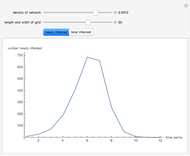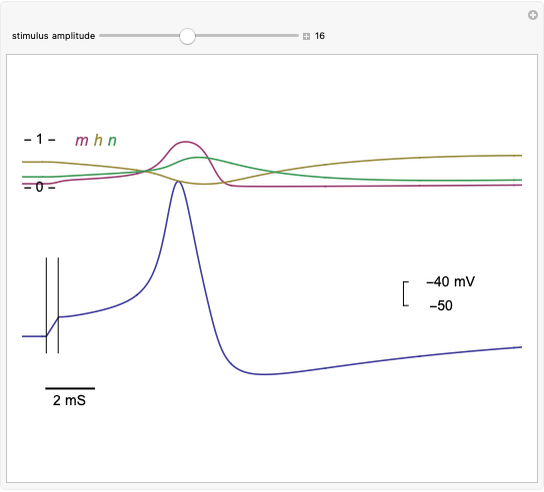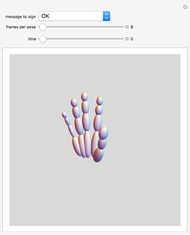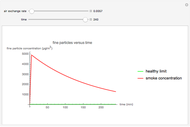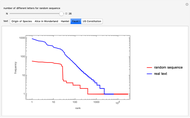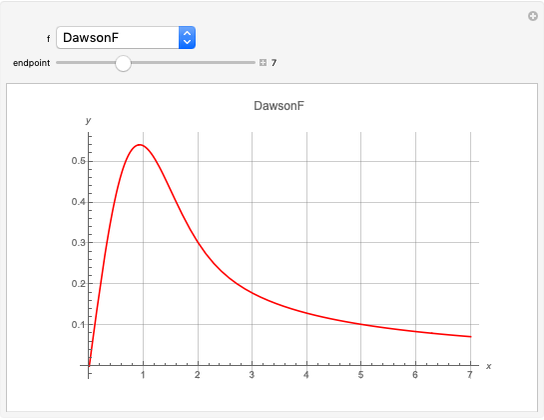A Simplified Epidemic Model

Requires a Wolfram Notebook System
Interact on desktop, mobile and cloud with the free Wolfram Player or other Wolfram Language products.
This Demonstration shows the final distribution of the number of people with an epidemic illness in a community, according to a simplified epidemic model. In the model, there are randomly chosen epidemic illnesses and infected patients; with time, new people will be taken ill and some will recover or die. For example, at first we have five epidemic types and 10, 20, 30, 40, and 50 people are ill due to these epidemic types, respectively. For each step, there is only one change in the number of infected people; for example, 10, 20, 35, 40, and 50. The changes are governed by weighted selection. You can choose the number of steps—they are not cumulative; the calculation is started from the beginning for different choices of the steps. This model is unrealistic and very simplified, but it can be a starting point for an epidemic model for many different simultaneous epidemics.
Contributed by: Osman Tuna Gökgöz (March 2011)
Open content licensed under CC BY-NC-SA
Snapshots
Details
detailSectionParagraphPermanent Citation
"A Simplified Epidemic Model"
http://demonstrations.wolfram.com/ASimplifiedEpidemicModel/
Wolfram Demonstrations Project
Published: March 7 2011










